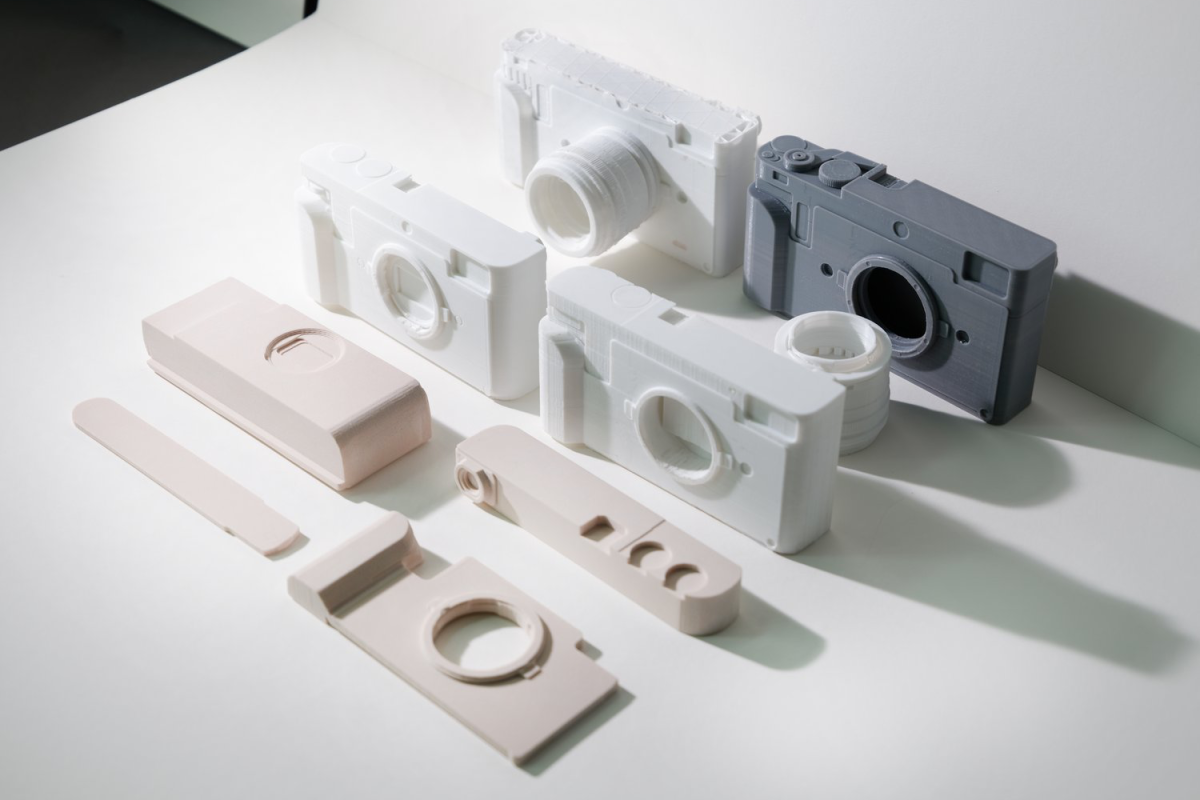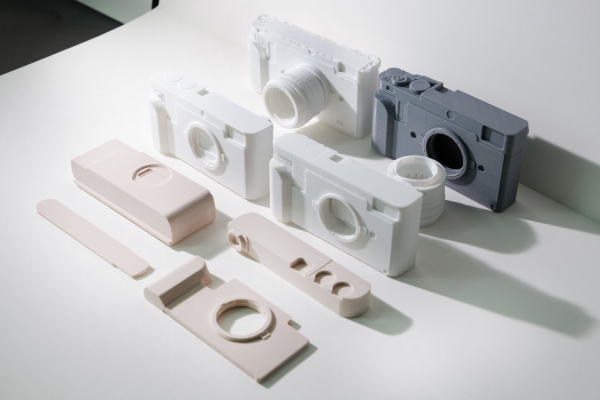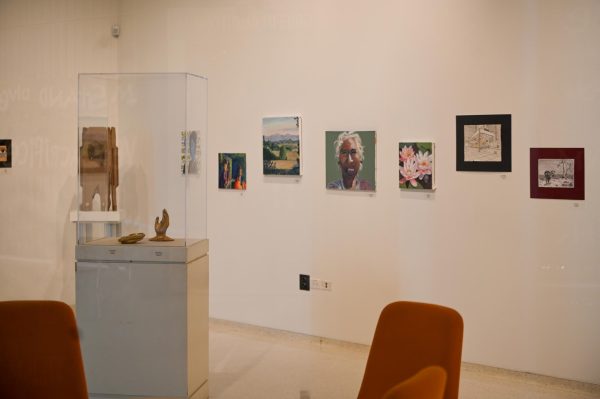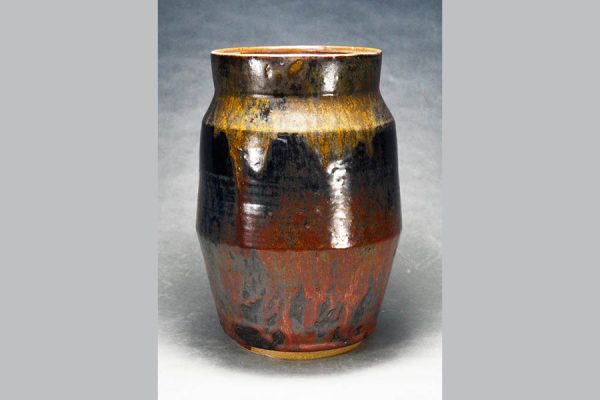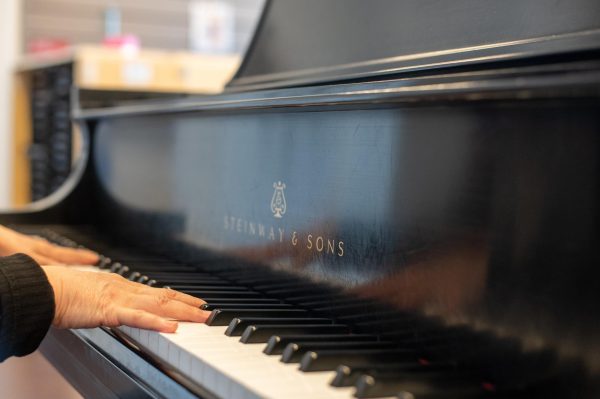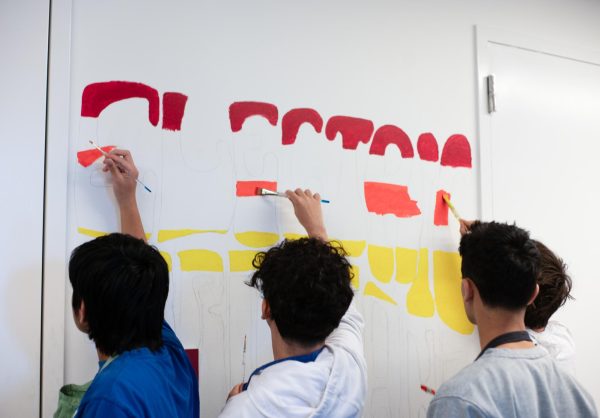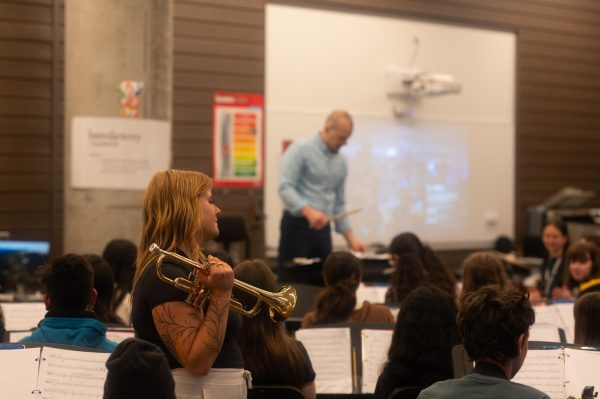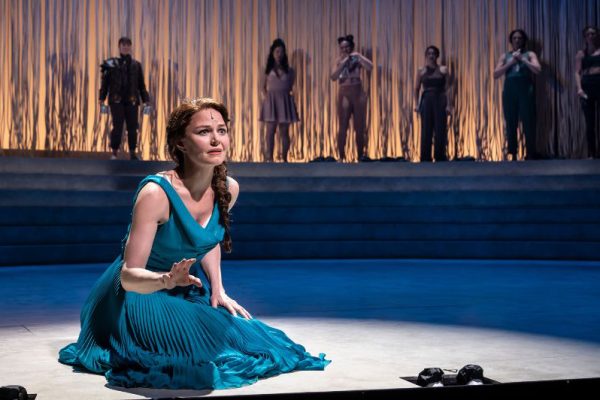Campus sound show provides new art experience
November 4, 2019
While the ventilation of the Searle Chemistry Laboratory blasts in Snell Hitchcock Quad, pairs of speakers on six nearby benches play subtle accompaniments to expose the beauty in the industrial sound.
Each pair of speakers plays a different sound and presents a different experience that provides listeners a new outlook on the loud ventilation.
“Six Accompaniments for Solo Voice” by Stephan Moore, and eight other sound installations located around the University of Chicago Campus, will be featured daily from 9 a.m. to 9 p.m. until Dec. 29 in The Chicago Sound Show. Organized by the Smart Museum of Art, each installation seeks to complement its location and enhance the ambient sounds.
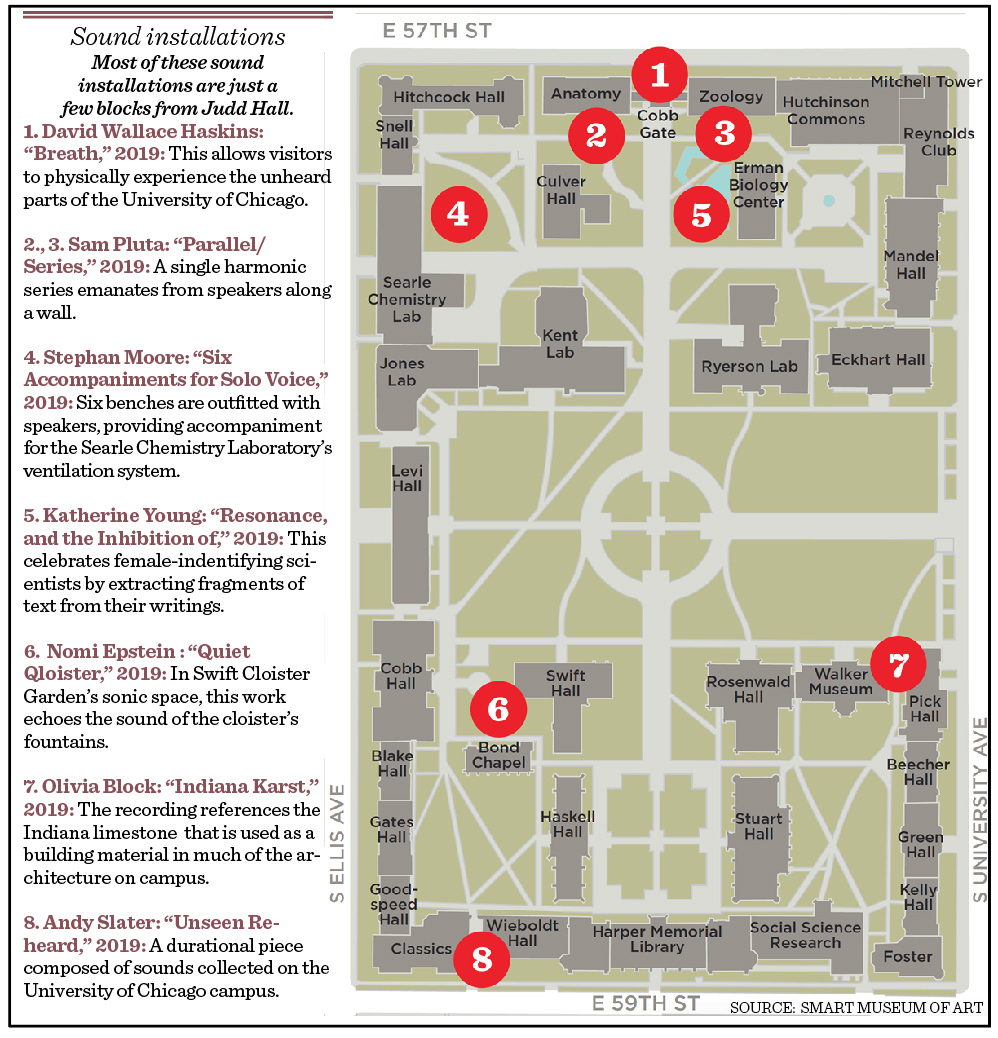
“Parallel/Series” by Sam Pluta, assistant professor of music at the University of Chicago, flanks Cobb Gate. Single harmonic series tuned to the buzz of the surrounding vents play through speakers in the passageways on each side of the gate.
The tone is brighter or duller in different parts of the passageways due to the low-to-high arrangement of the harmonic series, so in order to fully perceive the sound,
listeners must move around, according to Dr. Pluta.
Music teachers Bradley Brickner and Andrew Norte took their students to experience the sound installations.
According to Mr. Brickner, the sounds presented by the installations share common themes with other types of music.
“I think a lot of music boils down to emotion: communicating an emotion or emotions,” Mr. Bricker said.
At the same time, Mr. Brickner said the sound installations also possess qualities that differentiate them from other types of music.
Reflecting on the effects conveyed by the sounds, Mr. Brickner said, “Those composers are really in a way forcing you to think about your environment, and in a way they are forcing you to be more in the moment or present.”
Noticing the musical expression of the sound installations requires taking the time to listen, according to Dr. Pluta.
“The expression here is how so many ideas and worlds can be portrayed through sound,” Dr. Pluta wrote in an email because he is in Europe for several months. “Each piece begs a bit of time from the listener so that they can figure out what the composer is saying. It is not a simple journey, but if the listener puts in a bit of time, it is a beautiful one.”






